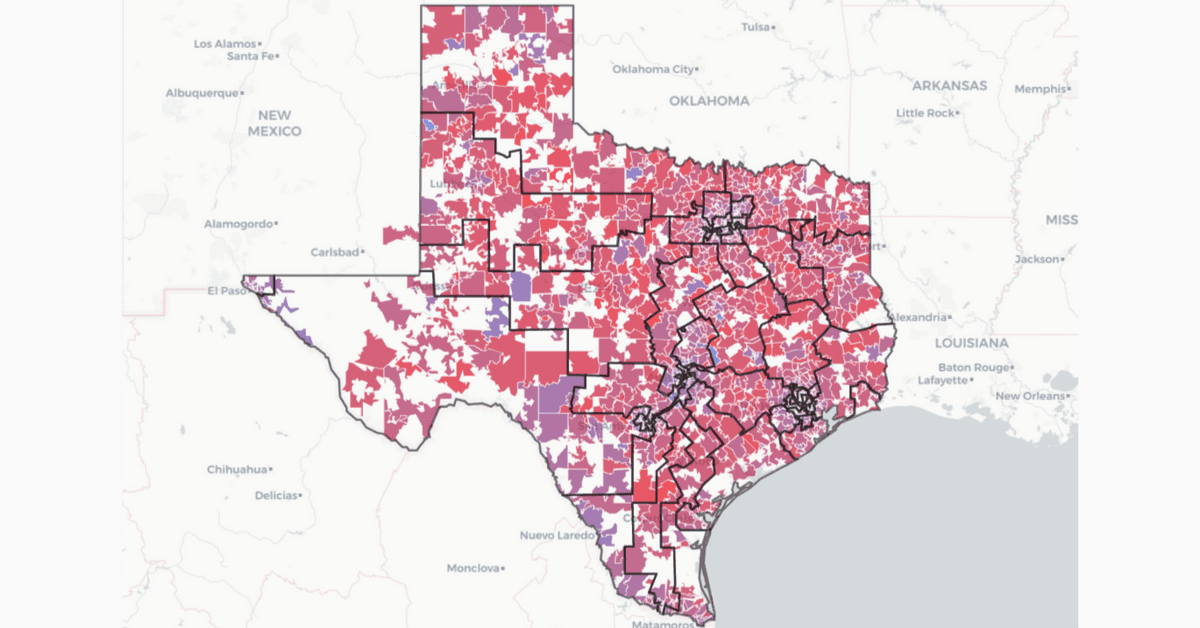As we approach the end of the year, like many, I’m still looking back at the midterms. What were the game changing strategies that moved the needle in the most challenging electoral conditions? How can campaigns leverage these methods to adapt and win in the unpredictable and complex legislative environments that await Washington and local legislatures throughout the country?
While the midterm end results were no major surprise, it’s fascinating to digest the data that was at the heart of the drama. From blood red Texas almost taking on a shade of blue to the hand counted votes deciding the fate of Florida, campaigns leveraged Resonate’s voter models to analyze and target critical audiences capable of moving the needle. Let’s take a look at a couple of data-driven strategies tailored for those campaigns in the fiercest of races and how these strategies can be applied to winning the public affairs and advocacy fights just around the corner.
We knew Texas would be tight, but what did we learn?
Back in May, we published a blog forecasting the ultra-competitive landscape campaigns in Texas could face this cycle: Texas Too Close to Call? How Will Your Side Fare?
In summary, our models were picking up the day-day online behavior of voters throughout the Lone Star State. Specifically, they looked at what news sources voters were getting their facts from and the types of stories they were consuming. They then calculated the level of right-left wing bias in each piece of media consumed. Given Texas’ modern history as a Republican bastion, one would think that left wing and independent consumption would be largely absent on a statewide scale. This was not the case – the data demanded we think differently.
The below map represents the average level of right-left wing news being consumed by the Texas voting population 2 months after the primary. What you’ll see is a considerable amount of independent news consumed throughout the state – represented in the purple. In the digital world of partisan recommendation algorithms, voters in Texas were demonstrating a flare for independence.

Around the same time, our data also showed that 29% of the entire Texas voting population was self-identifying as Independents. For campaigns competing in places like Texas, where Independents could be the game changers, having the tools to track dynamic behavior and message these voters with relevancy was a critical strategy.
At Resonate, we leverage advanced AI-driven digital tools to monitor point-in-time behavioral patterns from a national to zip code scale. This technology vastly expands a campaign’s ability to understand and activate their target audiences based on how they’re engaging with the stories at the heart of the campaign mission. As we approach an unpredictable Lame Duck legislative session and a Red and Blue Congress, campaigns that actively monitor audience sentiment and activate on issue-based engagement patterns will yield a major competitive advantage.
The Florida Voter Landscape – Go Beyond Party Affiliation
Over the summer, Resonate released its groundbreaking 2018 AI Voter Landscape Study. By leveraging artificial intelligence (AI) and deep learning, we uncovered 9 targetable voter segments differing predictably along influential political drivers, extending far beyond party affiliation. This strategy enabled campaigns to target unique, decisive voter segments in races at all levels.
In the most competitive elections, like the Florida Senate race, identifying and targeting voters beyond basic voter insights became a necessity. Of the 9 segments uncovered in our study, 2 were modeled out as Independent: the Common Centrists and Impartial Persuadables. In the Sunshine State, voters from these audiences exceeded 2 million.


The electoral conditions in swing states like Florida this cycle reinforce the need to think differently about how campaigns are using data to identify and reach audiences. Mobilizing the base will always be a necessity for any campaign, but leveraging advanced technologies to go beyond party affiliation and target the gap-closing audiences can make all the difference – especially when it comes down to the manual counts!
As we make the pivot from politics to policy, this lesson is an important one. As Congress and local legislatures debate the most important issues that will require the public vote of confidence, campaigns should be activating audiences based on how they feel about those issues – and why they feel that way – not just along their party line. This highly custom approach to public affairs and advocacy targeting is tailored for the campaign that needs to win on the issues by winning on the ground.



